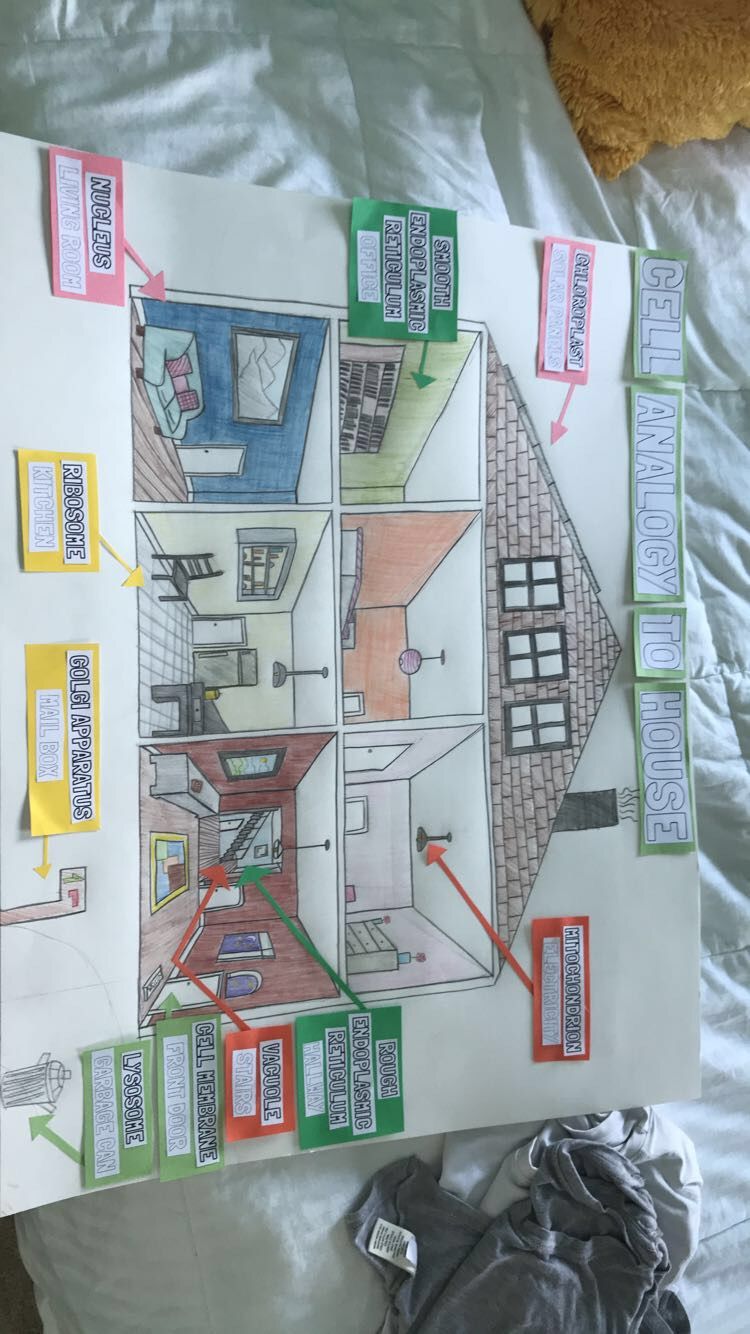How Far Does A Cell Tower Reach

How far does a cell tower reach
5G Tower Range In general, the 5G Ultra Wideband network's signal can reach up to 1,500 feet without obstructions.
How far does a typical cell tower reach?
What's interesting is that a cell tower will sometimes have their transmitter seat to a lower power on purpose to ensure it doesn't interfere with neighboring cells. But even with all of those factors, the typical cell tower can provide service up to 45 miles away.
What is minimum distance from cell tower?
The antenna rule As per DoT guidelines, if a mobile tower has 1 antenna , it should be installed at minimum distance of 20 metres from a house, in case of 2 antennas minimum distance should be 35 metres, for 4 antennas it should be 45 metres and for 6 antennas the minimum distance should be 55 metres.
What is the range of a 3g tower?
Depending on terrain and other circumstances, a GSM Tower can replace between 3 and 80 km (2 and 50 mi) of cabling for fixed wireless networks. In addition, some technologies, such as GSM, have an additional absolute maximum range of 35 km (22 mi), which is imposed by technical limitations.
Can 5G go through walls?
Increasing 5G network densification will greatly improve indoor coverage. As noted, indoor environments are not particularly friendly to high-band mmWave 5G radios. Walls can block high-band signals entirely, but even midband 5G RF can be weakened by office partitions and furniture.
Is 5G faster than WIFI?
Both 5G and Wi-Fi 6 are complementary technologies that provide higher speeds, lower latency, and increased capacity over their predecessors. But what is each technology best for? What Is 5G? 5G networks will provide 50x more speed, 10x less latency, and 1,000x more capacity than 4G/LTE.
What happens when a cell tower is full?
Congestion. Towers serving a high call volume will also diminish signal quality, increase dropped calls and may cause a busy signal for the caller. Once you are linked to a tower, the transmission should be fine. But, if your call moves to a tower that is overloaded, the call will be dropped.
What happens if you get too close to a cell tower?
Cell phone towers are still relatively new, and many people are understandably concerned about whether the RF waves they give off might possibly have health effects. At this time, there's no strong evidence that exposure to RF waves from cell phone towers causes any noticeable health effects.
Do all cell phone companies use the same towers?
Each carrier has its own network towers (3G, LTE, and/or 5G) that operate each of its own cellular networks. And as you already know, these network providers also have their own special contracts and deals with the phone brands that you love to buy.
Does cell phone tower radiation affect humans?
Based on the available scientific evidence, there are no health risks from exposure to the low levels of radiofrequency EMF which people are exposed to from cell phones, cell phone towers, antennas and 5G devices. Thousands of scientific studies have evaluated the safety of radiofrequency EMF.
Are cell towers directional?
Cell Towers/Sites Cellular networks use directional antennas usually mounted and positioned on the cell towers to radiate in separate sectors facing different directions.
Are all cell towers the same height?
Cell towers vary in heights. Here's an explanation why this is. Cell tower heights are driven by engineering requirements, zoning restrictions, and Federal Aviation Administration (FAA) regulations.
How far can 4G towers reach?
Higher frequencies have shorter wavelengths, allowing faster speeds and greater capacity at the cost of a shorter range. In general, though, 4G cellular towers have a range of about 10 miles. Of course, distance will vary from low to high 4G frequency bands.
Are there 6G towers?
Even though 5G wireless networks are still in the early stages of deployment, wireless communication companies are already looking ahead and thinking about the next mobile network to come. It's called 6G. Technically, 6G doesn't exist yet.
Which is faster 3G or LTE?
LTE wireless broadband is about 10x faster than the 3G network and has an average download speed of 12-30 Megabits per second. It can also handle uploads to the internet at 2-5 MBps. There is no set standard for LTE speed.
Does rain affect 5G signal?
Anything that interferes with that signal, such as a seasonal downpour, can disrupt the signal and hence your internet connection. Rain is less of an issue with 5G home internet services like T-Mobile or Verizon because, unlike with fixed-wireless internet, 5G works by sending signals in all directions.
Is 5GHz Wi-Fi harmful?
Both 5GHz and 2.4GHz WiFi are 100% safe for humans, the signal does not harm health in any way.
Is 5G affected by trees?
5G uses millimeter waves that have limited ability to penetrate obstacles, such as buildings, trees and even inclement weather like rain or snow.
What are the disadvantages of 5G?
Drawbacks
- Gigabit mobile communications have so far provided little added value for consumers.
- Still inadequate availability (especially in rural areas)
- New devices required.
- More transmission antennas required for uniform network coverage than with 4G.
Should I use 5G or LTE?
5G has lower latency than LTE. The 5G standard is intended to substantially reduce downloading latency down to 4 milliseconds for phone devices and one millisecond for devices such as self-driving vehicles that depend on ultra-reliable low latency connectivity (about ten times quicker than LTE's ten milliseconds).













Post a Comment for "How Far Does A Cell Tower Reach"